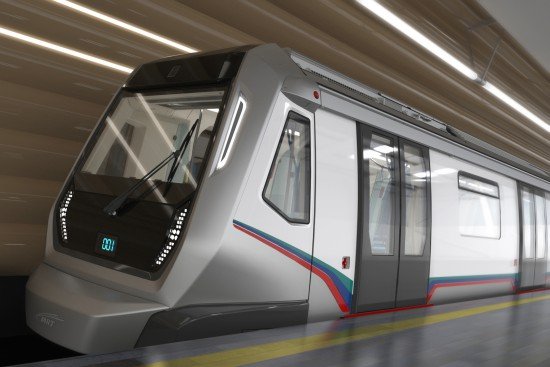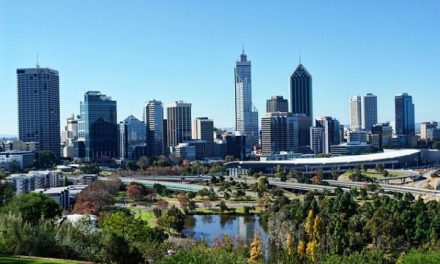The cardinal rule of property investment is, and always will be, location. The mantra of ‘location, location, location’ is something that even the greenest of newbie investors know and understand, on a basic level.
Why is location such an important factor when it comes to buying property? It’s simple. For example, if you had to choose an old terrace house in Bandar Utama or a new semi-D in Bentong, which would you choose? Many would pick the former, not only because of its strategic location, but also the fact that an old house can be remodeled, but a property’s location cannot be changed. Case in point: this run-down shack in San Francisco.
Another example is a lousy house in a good area versus the perfect house in a bad area. Many people would prefer to live in a good area – i.e. safe and easy access to shops, facilities, and transport – even if the place is small or old (or a bit more expensive), rather than stay in a wonderful house in an area which is isolated and has poor connectivity to major roads. Therefore, one can surmise that although location is still the main consideration when it comes to property, other factors also play a part in influencing its worth, including transportation, job opportunities, education, healthcare, shopping, entertainment, view, etc.
The MRT Effect
The current Light Rail Transit (LRT) and Mass Rapid Transit (MRT) works in the Klang Valley have given rise to much speculation and rumours in the property market, as developers vie for land near to upcoming stations, while real estate agents compete to close deals for properties ‘located near to an LRT/MRT station’. As for the public, it is generally regarded that properties near to these upcoming stations will mean less commute time, better connectivity, and thus demand will be higher, along with price and rental. This is known as the “MRT Effect”.
This phenomena has long been observed in neighbouring Singapore, where a majority of the public rely on public transportation, especially the MRT, to get around. “In general, properties which are near MRT lines are already attractive. Property buyers who are more forward looking will begin to look at newly launched properties where upcoming MRT stations will be built. These locations are typically less expensive before the MRT stations will be completed, and will see a gradual rise in value over time,” explained Eugene Lim, Key Executive Officer for ERA Realty in Singapore.
These are five main factors that (will) contribute to the “MRT Effect” in Klang Valley, as pointed out by Adrian Tan from MRT Property Guide.
- Distance
- Demographic
- Behaviour
- Nuisance Factor
- Which Line Matters
In our next article, we’ll elaborate further on these five factors. 😀






